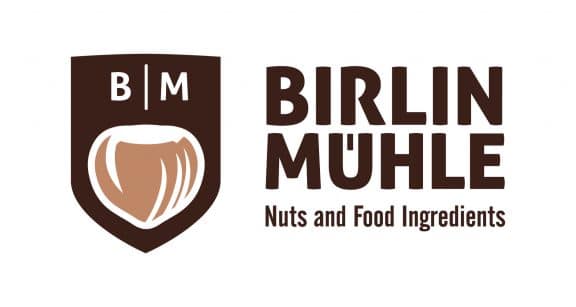On Monday, after a long wait, the market leader finally published its buying bid. Contrary to original expectations, but in relation to the events of the last weeks, the buying bid of 48 TRY/kg for normal Levantine and 49 TRY/kg for A-grade was lower than some had originally hoped for. Thus, three prices are currently active in the market. One is the free market at about 44.5 TRY/kg, the buying bid of the market leader at 48 and 49 TRY/kg and the bid of the state-owned TMO at 52 TRY/kg. After there was a significant increase in prices on Monday following the announcement of the purchase bid, prices settled down again somewhat in the course of the week. This is partly because there is still very weak demand for this period of the season, both in the domestic market and for export. Although enquiries have increased, there is a lack of large and long-term deals. Sellers also keep hearing that prices are too expensive.
Under normal market conditions, the large supply combined with the reluctance to buy would lead to declining prices, but government intervention leads to a distorted market. As things stand, there are a small number of farmers who sell at the current market price. These are mainly the owners of hazelnut orchards who live in the big cities and are only on the Black Sea coast for the season. They want to finish the season, sell and go back to the city with the money, as the proceeds are often also used to finance school fees for the children. This group cannot store and does not have time to wait for a later appointment at the TMO. This is one reason why the free market is currently still trading at such a large gap. However, the gap is only so large because demand is weak. As demand picks up, the price in the free market will probably rise quite quickly into the region of the purchase price of the market leader. Although prices in the open market have not increased, prices, especially for later dates, are now quoting higher. It is also interesting that the price increase of processed goods is now higher than that of natural goods. In Türkiye, the factors of energy, labour costs and packaging are now also included in the calculation. This was neglected for a long time.
Despite all the signs of a stabilisation in raw materials, it is not certain that this will be reflected in export prices. For example, the European Central Bank’s interest rate hike this week ensured that the euro regained some of its value, which had a compensating effect on hazelnut prices. There are also still sellers who, due to a lack of orders on the books, are giving in to pressure from buyers and speculating on the exchange rate, as a lack of deals would damage their financing. All in all, a rather unhealthy development, although this behaviour can hardly be observed among the major exporters. These continue to be quite confident.
For the coming weeks, we continue to expect good interest from the industry, but still buying restraint, as the trade is exerting a lot of pressure on the industry and thus slowing down price agreements. Although the price of hazelnuts has not risen massively in a year-on-year comparison, other components that are traditionally processed with hazelnuts, such as sugar, oils and fats, and therefore also chocolate, have risen massively in price and thus make the finished products more expensive. This puts additional pressure on the hazelnut market to compensate for the price increases in other areas. Therefore, we do not expect a wave of buying in the short term.
Concerning the progress of the harvest, it should be noted that the first shipments from the new harvest have now taken place and the inflow of raw materials is slowly picking up speed. However, the high season has not yet started, but it is imminent.
bullet points
- The first shipments from the 2022 harvest have now taken place. The raw material inflow is increasing, but not yet at the high season level.
- Enquiries continue to increase, but there are still hardly any deals.
- The market leader publishes its purchase bid at 48 TRY/kg plus 1 TRY/kg quality surcharge.
- Market reacts with increased indications, but there are still sellers at the previous level.
- The euro strengthens slightly in the wake of the ECB’s interest rate hike, so the increase in the raw material is compensated somewhat.












